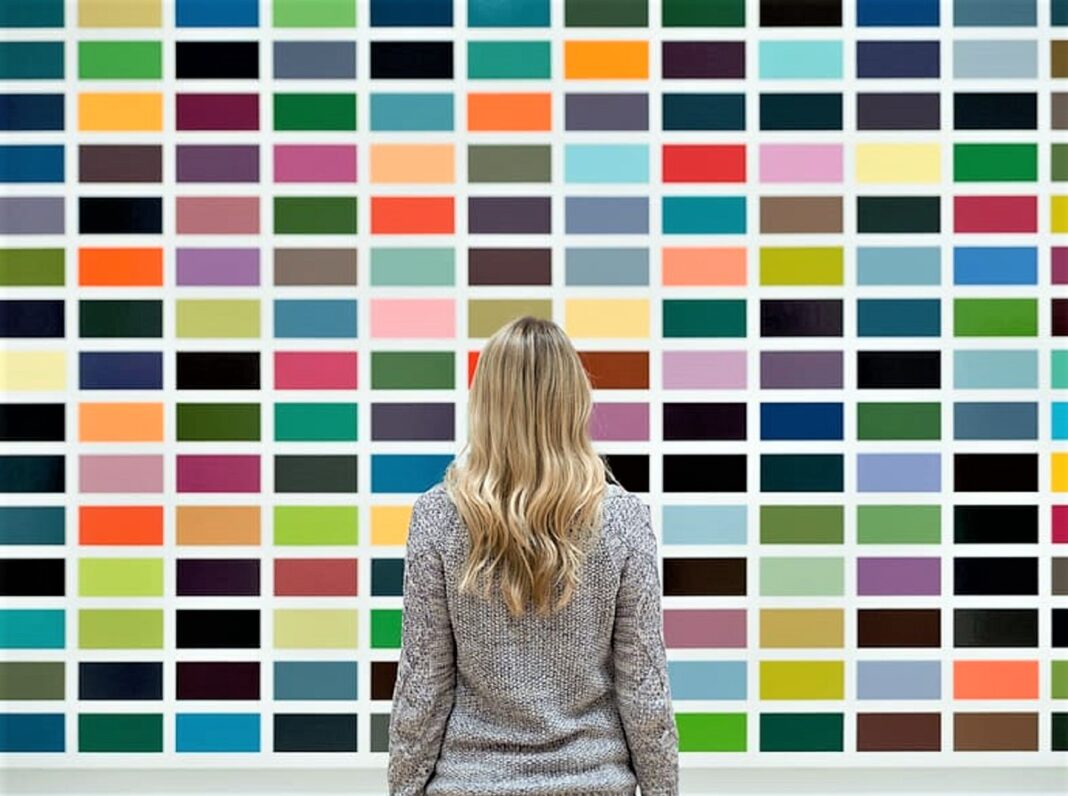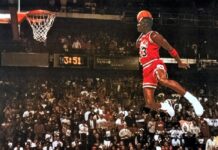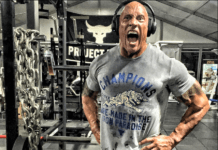What is the best gym color? And what’s the best color to wear to the gym? It depends a lot on what kind of workout you do. The psychology of colors has long been recognized as influencing emotions and performance. Whether you want to create a hardcore space for heavy lifting, an energetic atmosphere for high-intensity cardio, or a serene retreat for yoga, selecting the right colors can enhance motivation, focus, and results. Let’s explore the best workout room colors according to scientific research and design principles.
BEST GYM COLOR: ORANGE FOR ENERGY
There’s a gym chain named Orangetheory Fitness, focused on group HIIT workouts. “Orange is the color for energy!” Orangetheory franchise owner Stephanie Whitehead said, “When you walk into an Orangetheory studio, you will see plenty of orange [because] we want you to feel energized and ready to workout. The studio lighting is also dimmed and tinted orange to create the same effect.” Orange has been found to stimulate both mental and physical energy levels. In a study published in Color Research and Application, orange was associated with increased feelings of excitement and stimulation. Utilize orange as an accent color or for motivational elements to foster communication and enthusiasm.
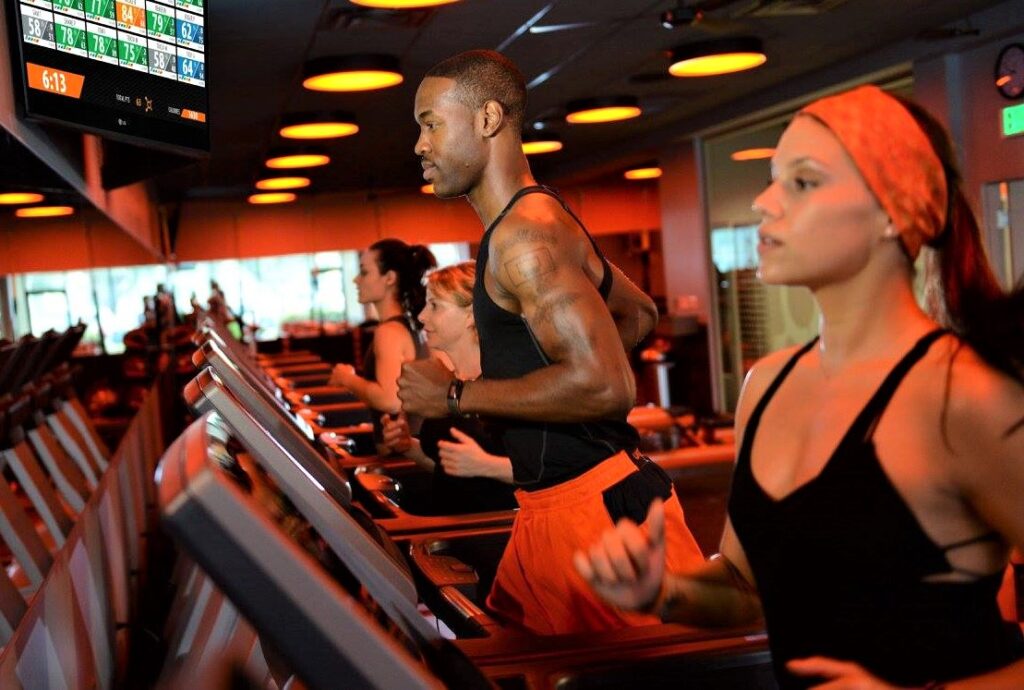
BEST GYM COLOR: YELLOW FOR ENERGY
Yellow is a vibrant and energetic color that evokes feelings of happiness and optimism. This color is known to stimulate the mind and enhance overall mood. A study conducted by the Vrije Universiteit Amsterdam showed that exposure to yellow can lead to increased feelings of cheerfulness. To incorporate this lively color into your workout space, consider using it as an accent color.
BEST GYM COLOR: RED FOR INTENSITY
Red is a powerful and attention-grabbing color associated with passion and energy but also danger. A study published in Applied Cognitive Psychology found that the color red is associated with feelings of dominance and arousal. Research published in Sport Science Review suggests that red environments may enhance physical performance and increase appetite, making it a suitable choice for workout spaces focused on strength training and/or high-intensity cardio. However, since red can be intense and overwhelming in large doses, use it strategically as an accent color or choose red workout equipment.
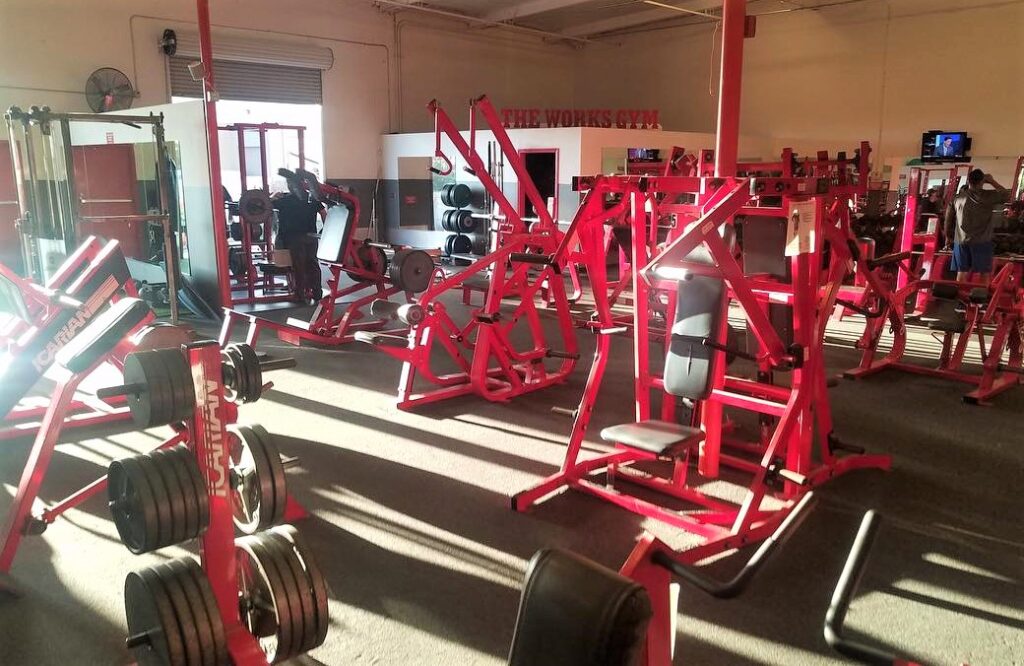
BEST GYM COLOR: BLUE FOR CALM
Blue is renowned for its calming and soothing properties. Several studies, including one published in Perceptual and Motor Skills, have found that blue environments can lower your heart rate and blood pressure, making it an excellent choice for spaces where you want to encourage a sense of calm and focus. Lighter shades of blue can create a serene ambiance, which is beneficial for yoga or meditation practices.
BEST GYM COLOR: GREEN FOR CALM
Green is a color closely associated with nature, tranquility, and balance. According to a study published in the Journal of Environmental Psychology, exposure to green environments can lead to increased feelings of calmness and reduced stress levels. Therefore, incorporating shades of green in a workout area dedicated to yoga, stretching, or mindfulness, can promote relaxation and focus.
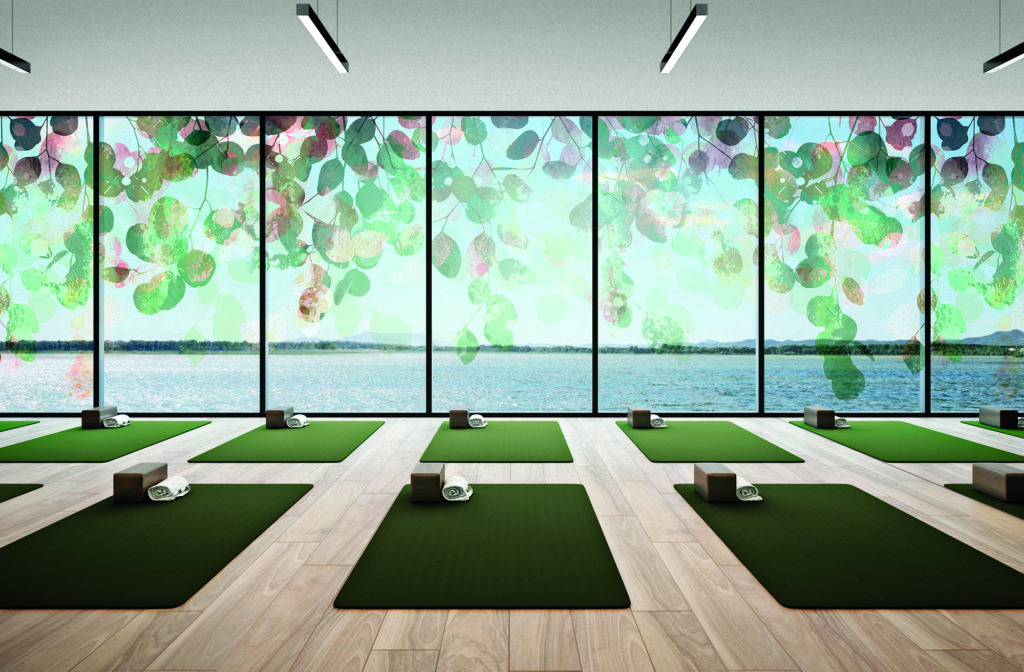
BEST GYM COLOR: NEUTRALS FOR VERSATILITY
Neutral colors, such as white, gray, or beige, provide a clean and minimalist backdrop that allows other colors to stand out. These neutral tones can help maintain focus during workouts and prevent visual distractions. Consider using neutral colors as the primary color scheme and incorporating vibrant colors through workout equipment, accents, motivational posters, or accessories.
COLOR AND STRENGTH
Colors can influence our emotions, mood, and perception, which may impact our mental state and performance during exercise. For example, wearing bright and energetic colors like red or orange might boost your motivation and confidence during a workout, potentially leading to better results. Additionally, studies have shown that athletes’ perceptions of their clothes, including the color, can influence their performance through psychological effects.
This phenomenon is known as enclothed cognition, where certain clothing or colors influence thoughts and behavior. One example: A study showed that NFL and NHL players in black uniforms get more penalties, both because of the bias of referees (“villains wear black”) and because players wearing black are more aggressive.
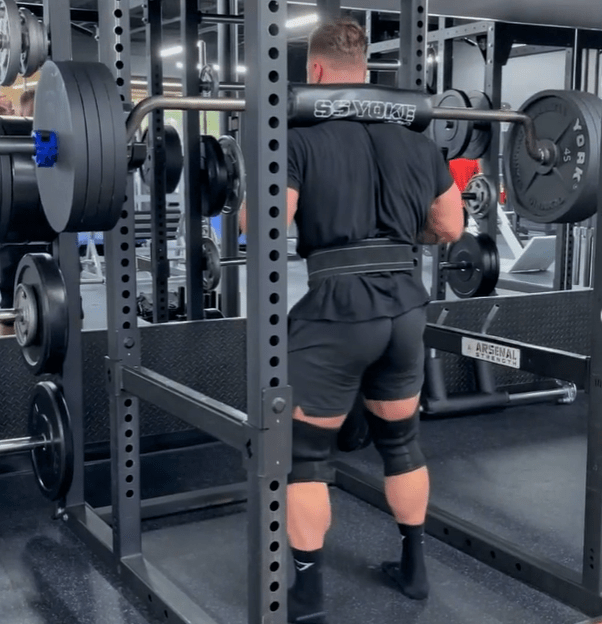
However, it’s important to note that any perceived effect of color on strength or performance is likely to be subtle and subjective. Ultimately, while color choice might play a minor role in affecting your mindset during exercise—All black only on leg days? Red shoes for HIIT? Light blue for yoga?—it should not be considered a replacement for proper preparation and training. And the best workout clothes are always those you feel most comfortable working out in.
BEST GYM AND CLOTHING COLORS: CONCLUSION
When creating a workout room, the choice of colors goes beyond mere aesthetics. Research has shown that colors can have a significant impact on mood and performance. By selecting colors that align with your fitness goals and the type of exercises you plan to perform, you can create an optimal environment that enhances your workouts. While wall paint or the color of machines can’t be easily changed, you can change your clothes from workout to workout.
Think about the preceding suggestions, but it’s essential to choose colors that resonate with you personally. By incorporating the right colors into your workout space and/or clothes, you can elevate your exercise experience and maximize results.
Sources
Hemphill, M. A. (1996), “A note on adults’ color-emotion associations,” The Journal of Genetic Psychology, 157(3), 275-280.
Berto, R. (2005), “Exposure to restorative environments helps restore attentional capacity,” Journal of Environmental Psychology, 25(3), 249-259.
Elliot, A. J., Maier, M. A., Moller, A. C., Friedman, R., & Meinhardt, J. (2007), “Color and psychological functioning: The effect of red on performance attainment,” Journal of Experimental Psychology: General, 136(1), 154.
Kwallek, N., Lewis, C. M., & Robbins, A. S. (1988), “Effects of office interior color on workers’ mood and productivity,” Perceptual and Motor Skills, 66(1), 123-128.
Van den Berg, A. E., Koole, S. L., & Van der Wulp, N. Y. (2003), “Environmental preference and restoration: (How) are they related?” Journal of Environmental Psychology, 23(2), 135-146.
Lichtenfeld, S., Elliot, A. J., Maier, M. A., & Pekrun, R. (2012), “Fertile green: Green facilitates creative performance,” Personality and Social Psychology Bulletin, 38(6), 784-797.
Frank, M. G., & Gilovich, T. (1988), “The dark side of self- and social perception: Black uniforms and aggression in professional sports,” Journal of Personality and Social Psychology, 54(1), 74.



































